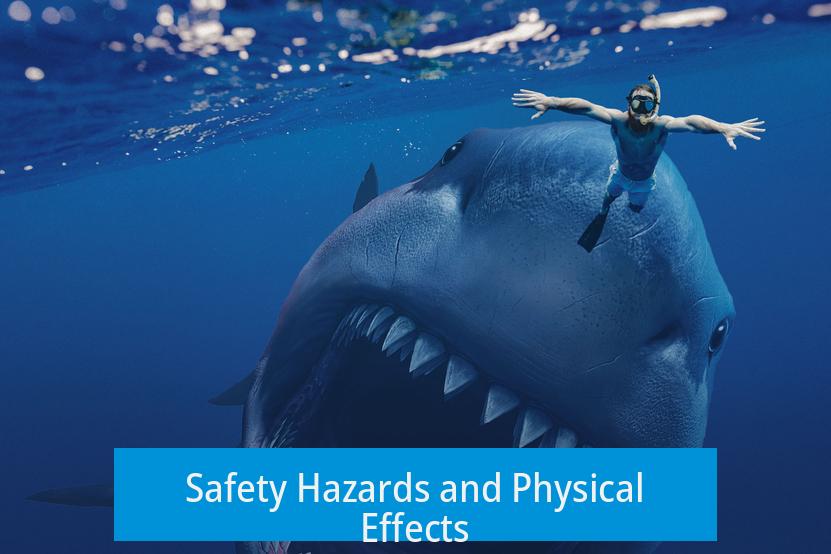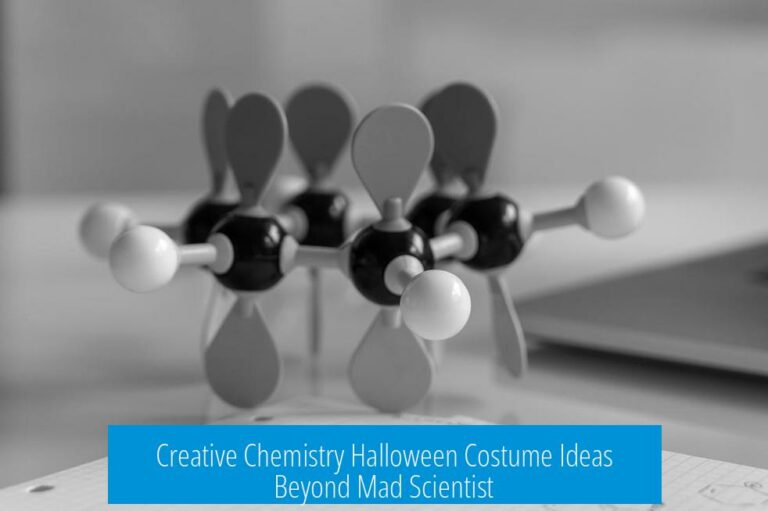How Dangerous Is Actually Adding Water to Grignard Reagent?

Adding water to a Grignard reagent is highly detrimental to the reaction and potentially hazardous due to exothermic effects but rarely explosively dangerous. The Grignard reagent’s sensitivity to moisture means even small amounts of water will ruin the reaction. Beyond ruining the chemistry, water addition induces heat and pressure buildup, risking flask breakage and fire, especially if done improperly.
Impact on the Reaction
- Grignard reagents are extremely sensitive to water. Even minor moisture contamination ruins their reactivity.
- The reaction fails as water quenches the organomagnesium compound, converting it to an inactive species.
- Atmospheric moisture, though less than liquid water, can still degrade the reagent over time.
Thus, water presence almost certainly results in reaction failure, particularly in delicate synthetic steps.
Safety Hazards and Physical Effects

When water contacts Grignard reagents, an exothermic reaction occurs. It resembles adding hydrochloric acid to magnesium metal.
- Heat generation can be significant, and rapid addition increases this effect.
- Pressure may rise inside the reaction vessel, risking flask rupture.
- Visible effects include bubbling and steaming as hydrogen gas evolves.
- There is a fire risk due to the flammability of organomagnesium compounds and generated gases.
Despite these hazards, such incidents are usually controllable and rarely explode but require caution.
Laboratory Precautions
- Always conduct Grignard reactions under inert atmosphere (e.g., nitrogen or argon) and seal glass joints well to exclude moisture.
- Add reagents slowly to avoid uncontrolled heat buildup.
- Use an ice bath to cool the reaction and manage exotherms.
- Consult experienced instructors or teaching assistants concerning any uncertainties during experiments.
Proper technique minimizes the risk of heat damage, pressure stress, and fire, ensuring safe handling.
Summary of Key Points
- Water addition ruins Grignard reagents by destroying their reactivity.
- Exothermic reaction between water and Grignard reagent can generate heat and pressure.
- Heat and pressure risks include flask breakage and fire initiation.
- Prevent moisture exposure by working under inert atmospheres and sealing apparatus.
- Slow reagent addition and cooling improve control and safety.
- Seek expert advice rather than internet sources for safety guidance.
What happens chemically when water is added to a Grignard reagent?
Water reacts with the Grignard reagent, destroying its reactivity. Even a small amount can ruin the reaction, stopping it from proceeding properly.
Is adding water to a Grignard reagent highly dangerous or explosive?
Adding water can cause heat and pressure buildup, which might break the flask. However, it usually isn’t explosively dangerous, though fire risk exists.
Why is a Grignard reagent so sensitive to moisture?
The reagent contains reactive magnesium-carbon bonds that react instantly with water. This sensitivity means even minor atmospheric moisture can ruin the reaction.
What safety measures should be taken to avoid issues with water in a Grignard reaction?
Use an inert atmosphere and seal joints well. Add reagents slowly and cool with an ice bath to manage heat generated during the reaction.
Should I rely on internet advice for safely handling Grignard reagents?
It’s better to consult a teaching assistant or supervisor. Practical guidance ensures safety and correct procedure beyond what online information can provide.





Leave a Comment